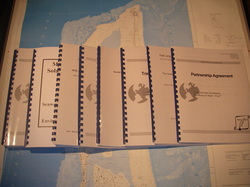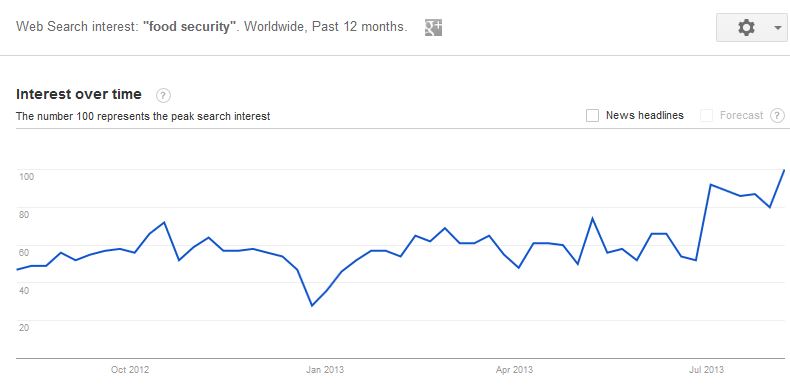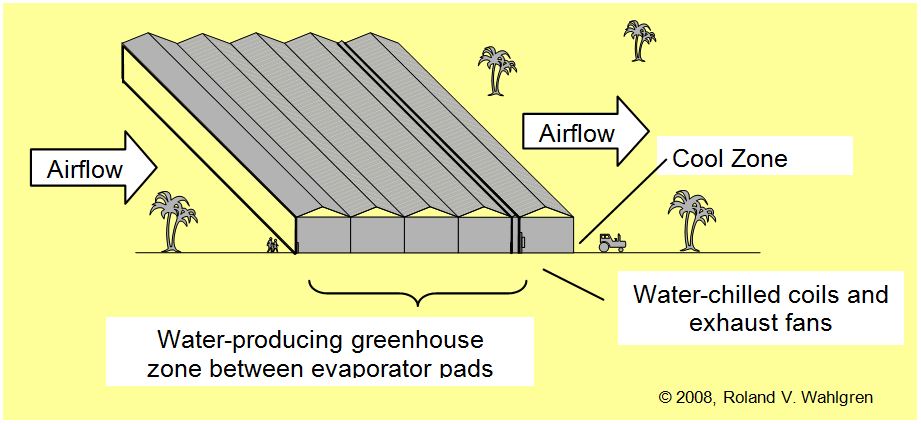|
This article in The Conversation gives a useful update about the water crises affecting people in the Caribbean Islands. The Water-from-Air Greenhouse Project was very active a bit over twenty years ago. The Viability Study reports produced for the Canadian International Development Agency were second-to-none. In my opinion they remain a valuable collection of knowledge about how to establish a commercial water-from-air irrigated greenhouse on a small tropical island. Sadly, the necessary level of interest and funding never materialized so not even a pilot installation was built. Inertia from so many angles stifles innovation! In the proverbial alternate universe there would now be several WaterProducer-Greenhouse™ installations to help alleviate the water crises discussed in the article.
1 Comment
I have the privilege of being accepted as one of the presenters during the Technical Sessions at the 23rd Annual Caribbean Water and Wastewater Association (CWWA) Conference and Exhibition scheduled for October 6-10, 2014 at Atlantis Resorts on Paradise Island, Bahamas. Here is the Abstract of my paper:
Regional droughts in the Caribbean are common. Water managers seeking solutions to water scarcity are often unfamiliar with the option of using water-from-air technology. Maps of the specific humidity composite mean for Junes and Decembers during the ten-year period 2004–2013 quantify the water-from-air resource demonstrating it is suitable for operation of water-from-air systems in Caribbean countries. Quantitative investigations by the author found droughts and long-term climate change do not appear to affect the magnitude of the Caribbean region’s water-from-air resource. Case studies include one for a proposed water-from-air commercial greenhouse on Grand Turk. Another case is about the experience of commissioning a 2500 L/d water-from-air machine in Belize City. Lessons learned from the case studies are outlined.  Apparently, I should not be so frustrated that the WaterProducer-Greenhouse™ project has not yet built its first installation! New technologies have often taken about two decades to become mainstream. Steven Johnson gave several examples in his interesting book (published 2010) titled, Where good ideas come from: the natural history of innovation. It takes typically about ten years to construct the "platform" and another ten years for widespread adoption (the 10/10 rule). I am experiencing this (agonizingly) with the WaterProducer-Greenhouse™ Project. The two year viability study, completed in 2003 resulted in a unique knowledge base (the reports to CIDA) that could be marketed to interested people. Lots of mild interest. Many hours are spent on personal networking and development of this information-rich website. Now, more than ten self-funded years later, I am hopeful that there exist some early adopters with the imagination and guts to exploit this innovative technically and commercially viable platform (along with our team's expertise) for improving water and food security for the people living on and visiting tropical small islands. Water-scarcity remains one of the global "key societal challenges" reminds an editorial in the January 2, 2014 issue of Nature. In the same issue, Colin Macilwain listed examples of mounting societal problems in this order: water, food, health, energy, and climate change. The WaterProducer-Greenhouse™ addresses the first two problems.  Eight reports to CIDA were produced. Eight reports to CIDA were produced. Our online store is now selling complete sets of the printed and bound reports our Grand Turk water-from-air greenhouse project produced for CIDA. These peer-reviewed documents are an invaluable knowledge base about a practical method of improving water security and food security for the people living on and visiting small tropical islands. Water security appears to be the subject of many search engine queries in North America. Although other countries do not appear on the regional interest list this does not indicate necessarily an absence of queries but rather a low volume of queries. Qualitatively, it seems that interest in water security has been fairly stable during the last year.
Food security was clearly of concern during the previous 12 months in Kenya, Nigeria, South Africa, India, and Australia as well as in North America and the UK. There appears to be a recent upsurge of interest in food security. In the context of these regions, the WaterProducer-Greenhouse™ may be investigated as a possible water-plus-food-security solution for small tropical islands, with access to deep cold ocean water, associated with especially India (Lakshadweep, Andaman Islands, Nicobar Islands), Australia (Coral Sea Islands), and USA (SE Florida, Florida Keys). The Turks and Caicos Islands Government has contracted with a joint venture of Matrix Enviro, Ltd. and Aqua-Chem, Inc. to build a new 300,000 US gallons per day reverse osmosis plant on Grand Turk. More information is available at:
Will this development affect the viability of the Grand Turk Water-Producer-Greenhouse™ Project? Probably not, for the following reasons:
After 10 years of maintaining the infrastructure for the WaterProducer-Greenhouse™ project but with still no prospect of the first installation being funded and built, it is all too easy to become discouraged. Therefore, I was keen to see what the recently released Global Trends 2030, published by the National Intelligence Council (USA), would say that could be relevant to the project. I found this discussion on pages 93–94 of the report:
Water management will be critical to achieving global food security because agriculture today requires irrigation for 40 percent of its production and consumes approximately 70 percent of global freshwater supplies. Currently, agricultural irrigation wastes about 60 percent of the water withdrawn from freshwater sources. Efficient water management will be required to sustain a necessary increase in agricultural productivity. Even though desalination technologies might be economically feasible for household and industrial water, such technologies are unlikely to produce irrigation water from saline waters at a low enough cost to be feasible for agricultural use. As water scarcity increases, adopting technologies that increase water-use efficiency will be the only option farmers will have for confronting global water scarcity. The array of such technologies includes precision agriculture and GM drought-tolerant and salt-tolerant crops as well as micro-irrigation systems and hydroponic greenhouse technologies. Efficient direct use of a 'new' source of water, the water vapour in the air, combined with commercial-scale hydroponic horticulture does appear to be a worthwhile technological option for tropical small islands. Our "parent", Canadian Dew Technologies Inc., has produced a series of Technical Bulletins relevant to the WaterProducer-Greenhouse™ Project:
|
Water + Food™ Blog
AuthorRoland Wahlgren is a Physical Geographer. He was scientific and technical consultant to the WaterProducer-Greenhouse™ Project while it was "live" as a CIDA-supported Viability Study during 2001-2003. Archives
May 2024
Categories
All
|
- Home
-
CIDA Project
- CIDA Project
-
Features (Reports) about a Water-from-Air Greenhouse
>
- Features (Reports) about a Water-from-Air Greenhouse
- Technical Feasibility of a Water-from-Air Greenhouse
- Financial and Commercial Viability of a Water-from-Air Greenhouse
- Regulatory Framework Analysis for a Water-from-Air Greenhouse
- Environmental Impact Assessment 1 for a Water-from-Air Greenhouse
- Environmental Impact Assessment 2 for a Water-from-Air Greenhouse
- Training Plan for a Water-from-Air Greenhouse
- Gender Analysis and Social Integration Plan for a Water-from-Air Greenhouse Project
- Partnership Agreement for a Water-from-Air Greenhouse Project
- Benefits of a Water-from-Air Greenhouse Project
- Participants in our Water-from-Air Greenhouse Project
- Links
- News about our Water-from-Air Greenhouse Project >
- Location Map for Turks and Caicos Islands
- Presentations (Slide Shows) about our Water-from-Air Greenhouse Project
- Contact Us
- Water + Food Blog
- Tropical Small Islands
- Water Lexicon
- Water-from-Air Book








